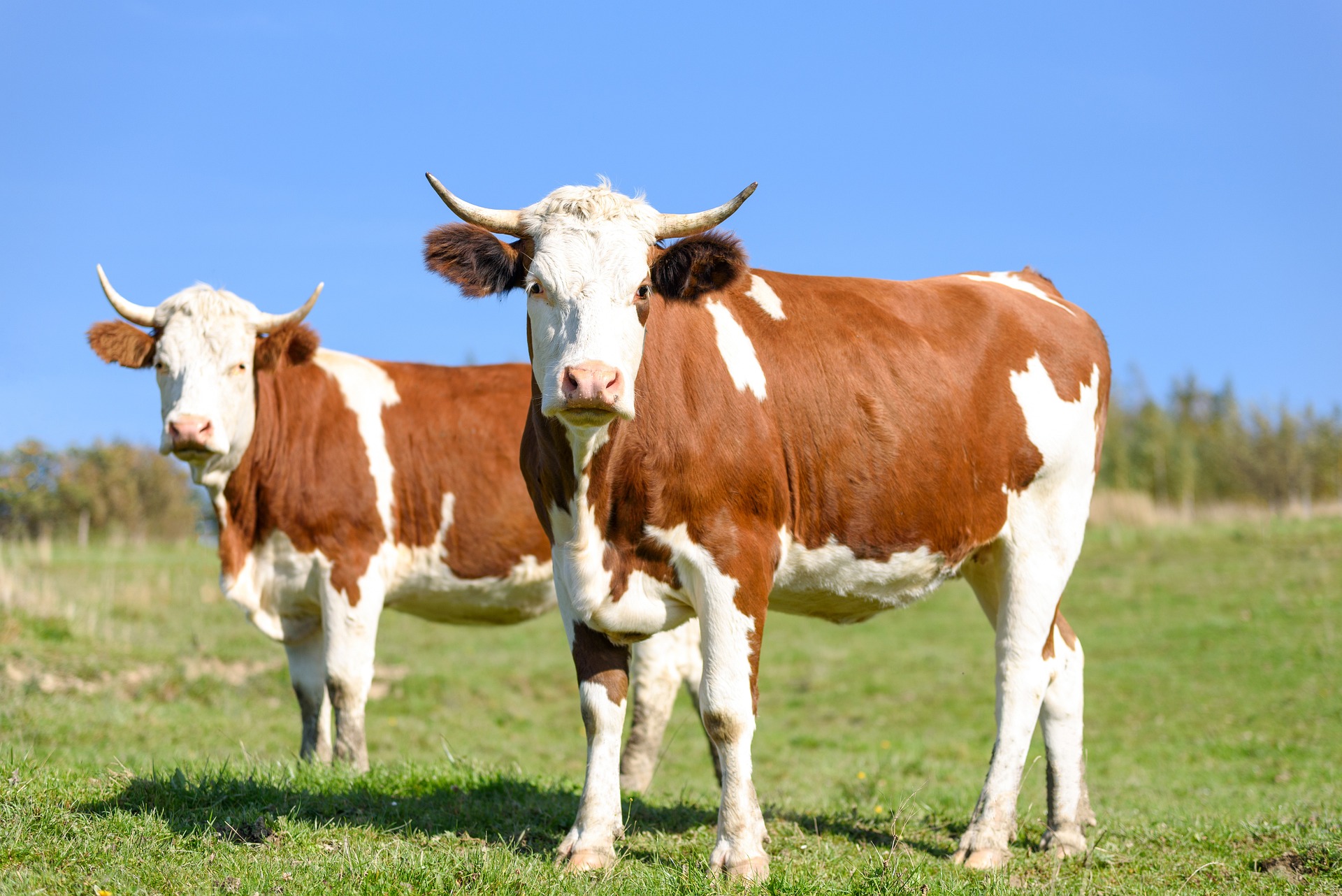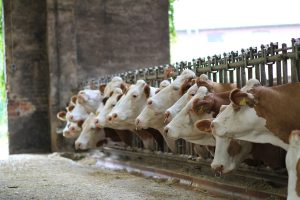
How we work with wet salted bovine hides?
Our warehouse has the highest standards required for conservation and storage of wet salted bovine hides. From the moment we receive the raw bovine hides from the supplier in our warehouse, we are doing everything we need for our customers to get the best possible final product.
Our primary business is the trade, conservation, and storage of wet salted bovine hides. Also know terminology is for same or similar product is beef skin, cow skin, cattle hides/skin. Usually, we are colecting fresh bovine hides directly from slaughterhouses or our long-term suppliers.
Immediately after delivery to the company’s warehouse, we begin with the conservation process. Skins are inspected, washed, and salted with sea salt. If you want to know more about the technological process, click here.
Our warehouse has the highest standards required for the conservation and storage of animal by-products – Category 3. That includes raw skins/hides for technical use (finished leather) and further processing (for example pet food industry).
The standards are regulated by “Regulation (EC) no. 1069/2009” – Animal by-products not intended for human consumption in the European Union”.
Conservation and storage of bovine head skins
 From the moment we receive skins from the supplier, we are doing everything so our customers get the best final product.
From the moment we receive skins from the supplier, we are doing everything so our customers get the best final product.
The first and most important procedures are related to the conservation and storage of fresh raw hides. We are implementing all protection measures against contamination and the occurrence of infectious diseases. Proper hygiene and high-quality conservation is important in further stages of the processing.
Season supplies of raw hides
Our supply of raw materials may vary according to the months or seasons of the year. During summer tourist season and before the biggest holidays in Croatia and surrounding countries, the number of cattle slaughtered increased due to the increased demand for meat and meat products.
Importance of anatomy of raw head skin
It is very important, that bovine head skins are removed from cattle according standards. Meaning, no deformations due to removal or cuts from a knife.
The skin must have all anatomical parts – scalp, ears, and hair. We are removing large horns. Small bull horns stay on.
The size, weight, and thickness of raw skins may vary due to the size, age, and breed of the bovine. We are trying to meet the needs of customers so deviations are at minimum.

